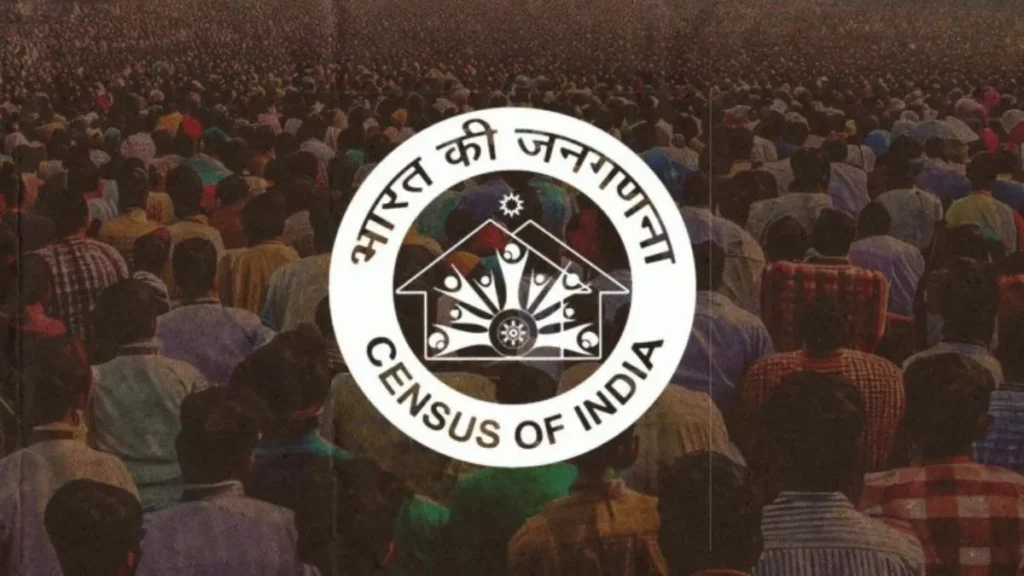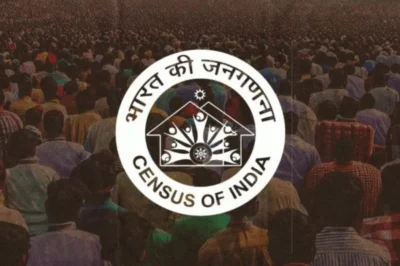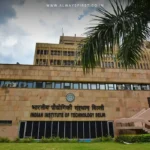
A revolutionary step in demographic data gathering, India has launched its first-ever digital census, marking a significant departure from traditional door-to-door enumeration. This historic 2021 Census integrates advanced technology by allowing self-enumeration through a dedicated web portal. Citizens can now participate actively in both the house listing and population enumeration phases from the convenience of their homes, streamlining the entire process.
Digital Shift in Census Collection
Traditionally, the Census of India has involved massive manpower, with millions of enumerators physically visiting households across the country. The new approach replaces paper-based forms with digital interfaces, drastically reducing the time lag between data collection and processing. This shift not only enhances efficiency but also minimizes human error and logistical challenges, making the census more reliable and accessible.
Self-Enumeration Web Portal: Empowering Citizens
The web portal launched for the digital census enables individuals and households to enter their data directly. This self-enumeration option empowers citizens to provide accurate and detailed information about their household and family members. It caters to tech-savvy users who prefer to manage the process digitally and helps in gathering real-time data, facilitating quicker analysis and publication of results.
Phased Approach Enhances Accuracy
India’s census is divided into two crucial phases: house listing and population enumeration. The digital census maintains this structure but improves it by enabling self-enumeration in both stages. During house listing, households provide data about housing conditions, amenities, and assets. In the population phase, individual demographic details are captured. By digitizing both stages, the census ensures seamless data integration and cross-verification.
Benefits for Governance and Planning
Faster access to census data has immense implications for policy-making, governance, and resource allocation. Government bodies rely heavily on accurate demographic data to design welfare schemes, infrastructure development, and social programs. The digital census promises timely insights that can enhance targeted interventions, reduce delays, and optimize service delivery to citizens.
Challenges and Digital Divide
While the digital census represents progress, challenges remain. India’s vast population includes many in remote or rural areas with limited internet connectivity and digital literacy. Authorities have planned hybrid models combining self-enumeration with traditional enumeration to cover all demographics comprehensively. Efforts are also underway to raise awareness and provide assistance to digitally marginalized communities.
Security and Data Privacy Measures
With the collection of sensitive personal information online, data security and privacy have been prioritized. The government has implemented robust encryption and data protection protocols to safeguard census data from breaches or misuse. Transparent guidelines and public communication aim to build trust among citizens regarding the confidentiality of their information.
Technological Innovations Driving the Census
The digital census leverages multiple technologies including cloud computing, artificial intelligence, and geographic information systems (GIS). Cloud infrastructure supports scalable data storage and processing, while AI aids in data validation and anomaly detection. GIS mapping enhances spatial analysis of population distribution, helping planners visualize demographic trends more effectively.
A Model for Future Surveys
India’s digital census sets a precedent for future large-scale surveys and data collection exercises. The success of this initiative could inspire other countries with large populations to adopt similar models, combining technology with community participation. It demonstrates how digital transformation can modernize public administration and improve the accuracy and timeliness of vital statistics.
Looking Ahead: Continuous Digital Integration
The census marks the beginning of a broader digital integration strategy within India’s statistical ecosystem. Continuous updates, integration with other government databases, and periodic digital surveys are expected to follow, creating a dynamic demographic database. This real-time data environment can better inform policy responses and adapt to the nation’s changing socio-economic landscape.
In conclusion, India’s first digital census is a ground-breaking achievement that modernizes the way demographic data is collected and utilized. By empowering citizens through self-enumeration and leveraging advanced technologies, it promises faster, more accurate, and inclusive data to shape India’s future. This transformation is not just about numbers; it reflects India’s leap toward a digital governance era where data drives development and democracy.








































Leave a Reply